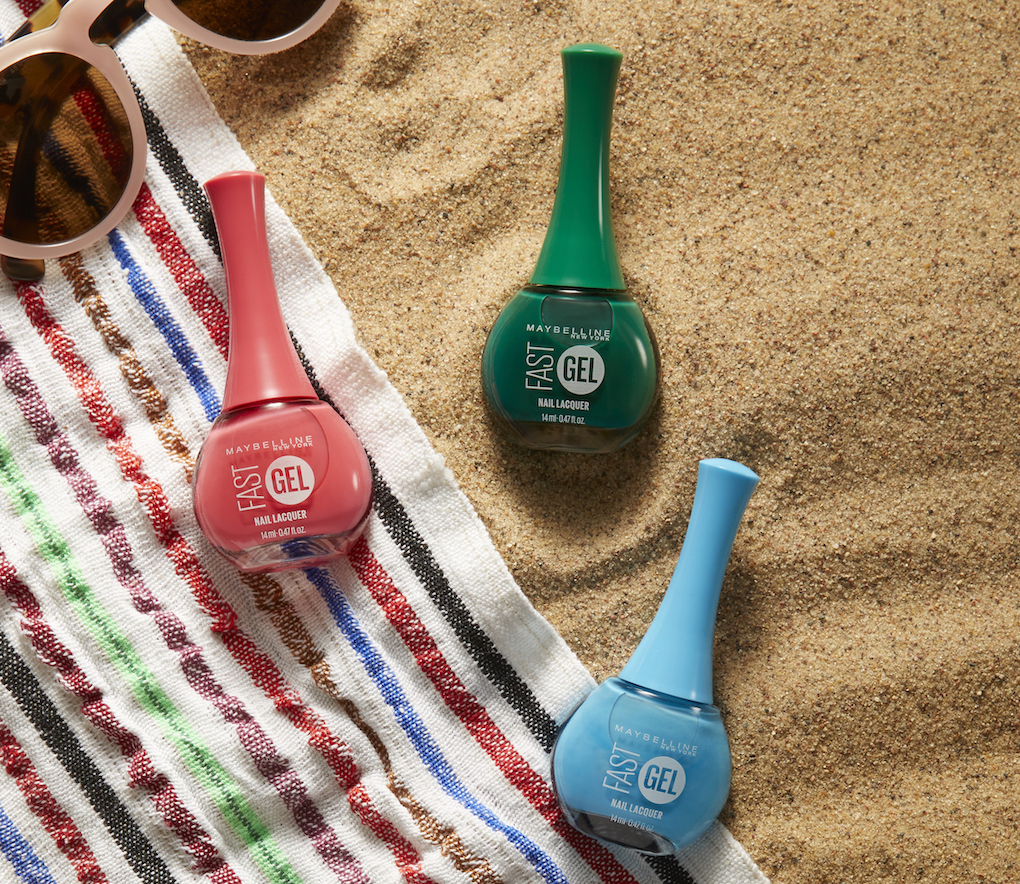Setting Standards: Creating a Post-Production Style Guide for Your Brand

When someone lands on your brand’s e-com site, in most cases, it’s your product images and videos that provide the all-important first impression. How your products appear on screen can be the difference between a potential customer clicking ‘add to cart’ or moving on to a competitor.
If your website has consistent and high-quality visuals, it helps with the decision-making process and builds trust in the reliability of your brand. On the flip side, if your website has low-quality imagery and visual inconsistencies, it can cause consumers to doubt a product’s appearance. Or worse, it may cause customers to question the quality of your products.
Here’s where a style guide comes in. As a rulebook for your brand visuals, it provides a set of clear standards to ensure the quality and consistency of your visuals for your creative production and post-production teams.
Want your brand to be memorable for all the right reasons? Follow these tips for creating an effective retouching guideline.
Get the basics right
Keep It Simple
Nobody wants to wade through a long, complicated document. Keep things simple and easy to follow. We suggest one person writes everything out while another reviews for missing or redundant details.
Stay in Control
Make sure there’s one main version of your guidelines, and let one person own it. This avoids confusion and keeps everything consistent.
Be Accessible
Go for a cloud-based guide that’s easy to share and work on together. This way, it’s always at your post-production team’s fingertips, no matter where they are.
Show, Don’t Just Tell
Use real-life examples to illustrate your guidelines. This helps your retouching team understand and apply the principles in your visual guide more effectively.
Consider the details
Overview and Guidelines
- Target Audience: Information about the intended audience and their preferences.
- Brand Guidelines: Detailed information about the brand’s visual identity, including colors, fonts and logo usage.
- Image Usage Guidelines: How and where the retouched images will be used (e.g., web, print and social media).
- Image Selection Criteria: Criteria for choosing which images to retouch.
- Retouching Objectives: Clear goals for retouching (e.g., enhancing product details, model skin smoothing).
Image Enhancement
- Color Correction: Instructions on adjusting colors, including white balance, saturation, and vibrancy. Altering color based upon daylight or shadows, or keeping color true to swatch. Reference swatches.
- Lighting and Exposure: Instructions for how to treat lighting setups for different environments (e.g., indoor versus outdoor).
- Shadow Treatments: Utilize pre-made shadow kits, ensure natural-looking shadows, or other preferences and examples.
- Tone and Contrast: Guidelines for adjusting brightness, contrast and tonal range.
- Global Retouching: Instructions to clean up problematic areas like ‘dust and scratch’ and glass reflection, preferences for hollow-core still products and fixing broken products.
- Skin Retouching: Specifics on retouching skin, including blemish removal, wrinkle reduction and pore refinement, with advice on how far to push (or not) the retouching.
- Background Editing: If necessary, instructions for altering or replacing the background. If ‘Product On White’, specify the background color required. If filling with a fake background, include preferences (e.g., reuse the same outdoor scene across multiple set changes) and examples.
- Cropping: Cropping standards
- Composites: Instructions and examples on how to treat the lighting, color and shadow for composite imagery.
- Pathing / Masking: Instructions on which components require a path or mask to be created.

Technical Specifications
- File Formats and Resolutions: Specifications for image formats (e.g., JPEG, TIFF) and resolutions (e.g., 300 dpi for print).
- File Layering Instruction: Organize layers meticulously (e.g., product, shadow, background, retouching adjustments) using consistent naming conventions.
- Quality Control: Checklists or procedures for quality control to ensure the retouched images meet the desired standards.
- Workflow and Software: Detailed steps or software recommendations for the retouching process. Required ‘actions’ to be used for the specific image batch.
- File Naming Conventions: How to name and organize retouched image files for easy retrieval.
- Version Control: If multiple versions of images are created, guidelines for version control.
Collaboration and Communication
- Legal and Ethical Considerations: Ensure compliance with copyright laws and ethical considerations in image retouching.
- Delivery and Distribution: Instructions for delivering the final retouched images to the DAM or desired endpoint.
- Feedback and Revisions: Procedures for client or team feedback and any necessary revisions.
- Timeline and Deadlines: Establish clear timelines and deadlines for retouching work.
- Contact Information: Contact details for key team members responsible for retouching.
Visual References and Resources
- Before-and-After Examples: Visual examples of the desired retouching style for reference.
- References and Inspiration: Include references to external sources or inspirational examples that align with the desired retouching style.
Review and refine
It’s important to regularly review and adjust your style guide to meet your brand’s changing needs and the evolving industry trends. And if you’re consistently getting questions about some aspects of your guide, review and update the content accordingly. That way, your retouchers will have everything they need in one place, reducing the need for extra questions and ensuring a smoother workflow.
At VMG, we retouch hundreds of thousands of images every year, and we understand what works. If your current style guide isn’t quite hitting the mark, get in touch to discuss how to guarantee quality and consistency across all your visuals.



